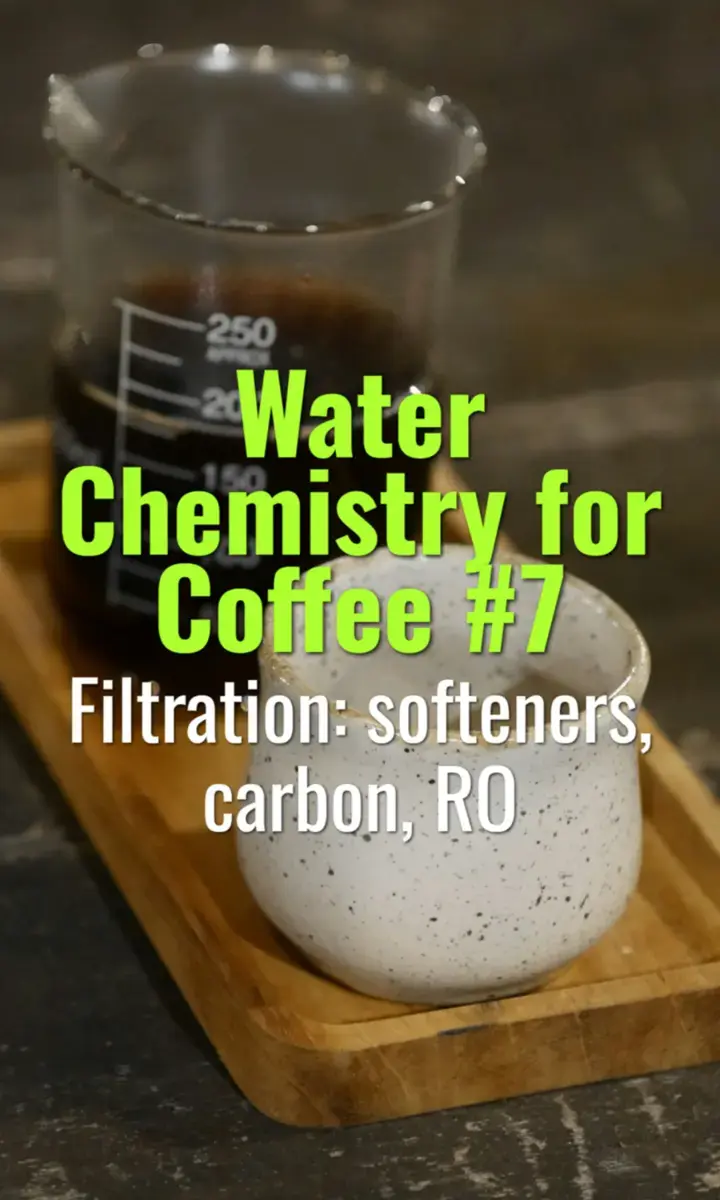Filtration: softeners, carbon, RO
Explore common water filtration methods used in coffee preparation and how each affects water quality and taste.
- Coffee Basics Nerds
- 1 min read

Filtration Methods for Coffee
-
Water Softeners:
-
Remove calcium and magnesium to reduce hardness.
-
Prevent scaling in espresso machines and boilers.
-
May increase sodium content slightly; usually not noticeable in coffee.
-
Often paired with carbon filtration for taste improvement.
-
Carbon Filters (Activated Carbon):
-
Remove chlorine, chloramine, and some organic compounds.
-
Improve taste and aroma by reducing off-flavors.
-
Do not remove hardness significantly; often combined with softeners or RO.
-
Reverse Osmosis (RO):
-
Removes most dissolved solids, minerals, and contaminants.
-
Produces very pure water, can be too aggressive for espresso boilers if used alone.
-
Often remineralized post-RO to achieve ideal extraction parameters.
-
Key Considerations:
-
Match filtration method to water source: hard water may need softening; chlorinated water needs carbon.
-
SCA water standards recommend balanced mineral content for optimal coffee extraction.
Practical Tip: Combine filtration methods thoughtfully (e.g., softener + carbon or RO + remineralization) to protect equipment and achieve desired flavor profiles.